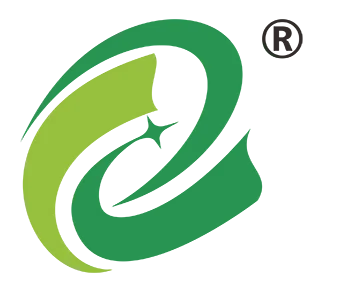Composite sandwich plate and thick laminate are two common composite structures, which have significant differences in structure, performance and application. The composite sandwich board is a kind of laminate with a thick and light middle layer, but the mechanical behavior and damage model of the sandwich board show that the composite sandwich board is not a thick laminate.

1.Sandwich Panel
Definition:
Composite sandwich board is a structural plate composed of multiple layers of different materials, usually consisting of two layers of material with high external strength and small thickness (panel) and an intermediate layer of lightweight and thick material (core material). The panels are usually made of composite materials such as metal, glass fiber, and carbon fiber, while the core materials may be lightweight materials such as polyurethane foam, aluminum honeycomb, and paper honeycomb.
Force analysis:
Taking composite sandwich beams as an example, they mainly bear bending load and shearing load, and the bending load is mainly embodied in the in-plane tension and compression stress of the upper and lower panels of the sandwich beams. Under the same bending load, the greater the distance between the upper and lower panels, the greater the bending stiffness, and the smaller the tension and compression forces in the panels. The sandwich core in the middle plays the role of isolating but not separating the upper and lower panels. The isolation is to improve the overall bending stiffness of the sandwich beam, and the non-separation is to ensure the overall integrity of the structure, and to prevent the local instability of the upper and lower panels.
On the other hand, because the sandwich beam is usually thick, there will be transverse shear load in the process of bending deformation, and the transverse shear load is mainly borne by the sandwich core with larger thickness in the middle. From this point of view, the sandwich core in the middle of the sandwich plate is similar to the web in the middle of the I-beam, and its role is to give the structure a high bending stiffness to weight ratio.
Because of the existence of transverse shear deformation, it is insufficient to use the classical laminate theory in the analysis of sandwich plate structure.
Structural features:
Surface layer (outer layer) : The material of the surface layer usually has high strength and rigidity, and can withstand large loads and external stresses.
Core material: Core material mainly plays a role in reducing density, providing heat insulation, sound insulation and other functions, but also can improve the bending stiffness of the plate.
Lightweight and high strength: the sandwich structure makes the composite sandwich plate have high specific strength and specific stiffness.
Common materials:
Outer panel material: aluminum alloy, steel plate, glass fiber, carbon fiber, etc.
Core material:
Polyurethane foam, aluminum honeycomb, paper honeycomb, hard plastic, etc.
Performance characteristics:
Lightweight and high strength: Thanks to the use of core materials, sandwich panels greatly reduce weight while maintaining strength.
Good bending performance: The sandwich structure provides high bending stiffness.
Heat insulation, sound insulation: the core material often has good heat insulation and sound insulation properties.
Good energy absorption: When impacted, the sandwich plate can effectively absorb energy and reduce damage.
Application: Aerospace (such as aircraft fuselage, wings and other components)
Automotive industry (e.g. roof, floor, side panels, etc.)
Building works (e.g. insulation, soundproofing wall panels, roof panels)
Sports equipment (e.g., skis, surfboards)





Very interesting details you have observed, thankyou for posting. “You can tell the ideas of a nation by it’s advertisements.” by Douglas South Wind.